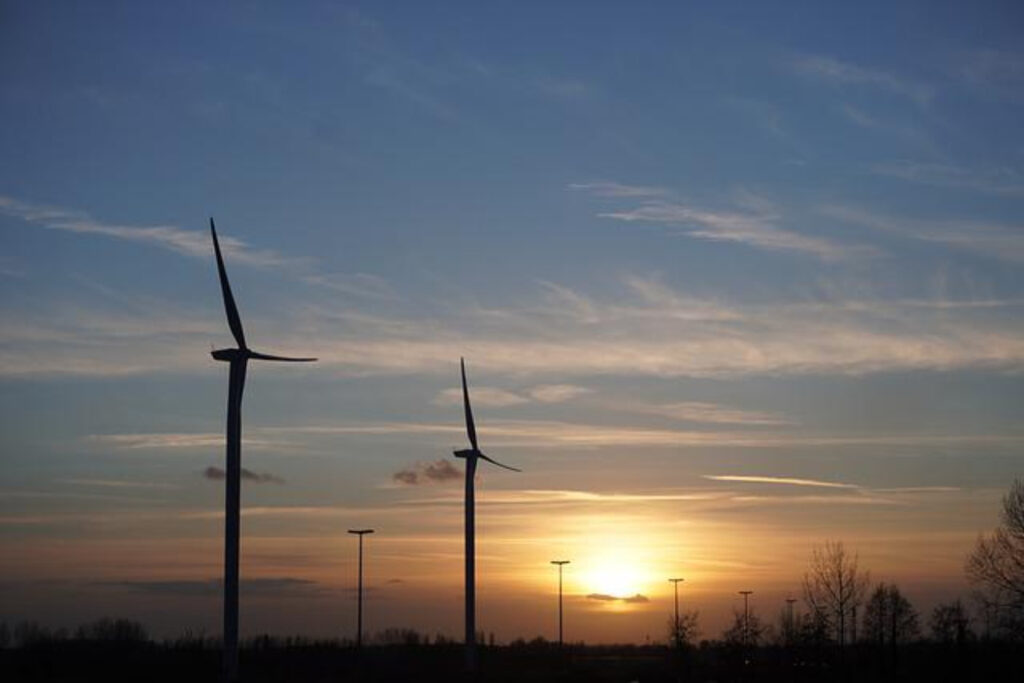The climate finance provided by developed countries and that have mobilized developing countries to implement climate action increased for the fifth consecutive year, but fell short of the 2020 target, noted Mathias Cormann.
The secretary general of the Organization for Economic Cooperation and Development stated that in the fifth evaluation carried out by the OECD at Global Trends in Climate Finance provided and mobilized by developed countries in the period 2013-2020 shows that climate finance amounted in 2020 to US$83.3 billion, an increase of 4% over 2019, below the target of US$100 billion.
"We know more needs to be done. Climate finance grew between 2019 and 2020, but, as we expected, it fell short of the increase needed to achieve the $100 billion target by 2020," he stressed.
Cormann added that as countries continue to cope with the economic and social implications of the COVID-19 pandemic and Russia's war of aggression against Ukraine, the OECD is watching climate change exert widespread adverse effects and cause related losses and damage to nature and humans.
"Developed countries need to continue to accelerate their efforts in line with their stated commitments in the lead-up to COP26, which would mean that the $100 billion target would be reached starting next year. This is critical to build confidence as we continue to deepen our multilateral response to climate change," he stressed.

Public finances boost climate finance
The increase in climate finance in 2020 was mainly due to the increase in public financial flows.
The report highlights that most of the climate finance provided in 2020 went to climate change mitigation measures, but funding provided for adaptation measures continued to increase and accounted for one-third of the total.
Mitigation financing was mainly focused on energy and transportation activities, while adaptation financing was mainly in water supply and sanitation, agriculture, forestry and fisheries.
71% of public climate finance was provided through loans, an increase of 8% in volume terms from 2019, while the volume of public climate finance provided through grants also grew in absolute terms and accounted for 26% of the total.
Developing countries in Asia were the largest beneficiaries of climate finance over the 2016-2020 period, with 42% of the total on average, followed by Africa (26%) and the Americas (17%).
The target of providing and mobilizing $100 billion of climate finance for climate action from developed to developing countries should have been achieved by 2020 and sustained until 2025.
In the OECD scenarios (OECD scenarios) published in October 2021 showed that, if all commitments made by bilateral and multilateral providers up to that point are met, the $100 billion level would be reached in 2023 and exceeded in the period to 2025.
The OECD indicated that it will continue to analyze progress on climate finance over the coming months and the results will be released this September.
Source: OECD


